

This guide provides a comprehensive overview of irregular parts, covering their definition, sourcing strategies, quality considerations, and the challenges involved in their procurement. We'll explore different approaches to finding and acquiring these specialized components, helping you navigate the complexities of the supply chain.
Irregular parts are components that deviate from standard specifications or are not readily available through typical distribution channels. This can be due to several factors: obsolete designs, unique customer requirements, low-volume production needs, or the need for parts with customized dimensions or functionalities. These components often pose challenges in sourcing and procurement due to their non-standard nature.
Numerous online platforms specialize in connecting buyers with suppliers of hard-to-find components. These marketplaces often feature a wide variety of irregular parts and allow for detailed searches based on specifications. Thorough research across multiple platforms is key. Remember to check supplier reviews and ratings to ensure reliability and quality.
Part brokers act as intermediaries between manufacturers and buyers, often specializing in locating hard-to-find or obsolete components. Their network of contacts and extensive knowledge of the market can be invaluable when sourcing irregular parts. However, be prepared for potentially higher costs due to their services. Distributors may also carry a wider selection than typical suppliers, making them a viable option.
For truly unique or customized irregular parts, contacting the original equipment manufacturer (OEM) directly can be the most effective approach. This requires detailed specifications and potentially a minimum order quantity (MOQ). While this can be time-consuming, it offers greater control over quality and specifications.
If all else fails, reverse engineering existing parts and utilizing 3D printing technologies can provide a solution for creating replacements for irregular parts. This approach requires technical expertise and specialized equipment but can be cost-effective for small quantities.
Ensuring the quality of irregular parts is crucial, as their non-standard nature can increase the risk of defects or incompatibility. Rigorous inspection procedures, thorough documentation of specifications, and potentially destructive testing might be necessary to verify quality and functionality. Collaborating with reliable suppliers is paramount.
Sourcing irregular parts presents several challenges including:
| Sourcing Method | Cost | Lead Time | Quality Control |
|---|---|---|---|
| Online Marketplaces | Moderate | Moderate | Moderate |
| Part Brokers | High | Moderate to High | Moderate to High |
| Directly Contacting Manufacturers | Moderate to High | High | High |
| Reverse Engineering/3D Printing | High (initially) | Moderate to High | High (with proper controls) |
Finding and procuring irregular parts requires careful planning, diligent research, and a thorough understanding of the challenges involved. By employing a strategic approach and collaborating with reliable partners, you can effectively overcome these hurdles and ensure the continued operation of your equipment or systems. For further assistance in sourcing industrial components, consider exploring resources from companies such as Hebei Muyi Import & Export Trading Co., Ltd. (https://www.muyi-trading.com/).


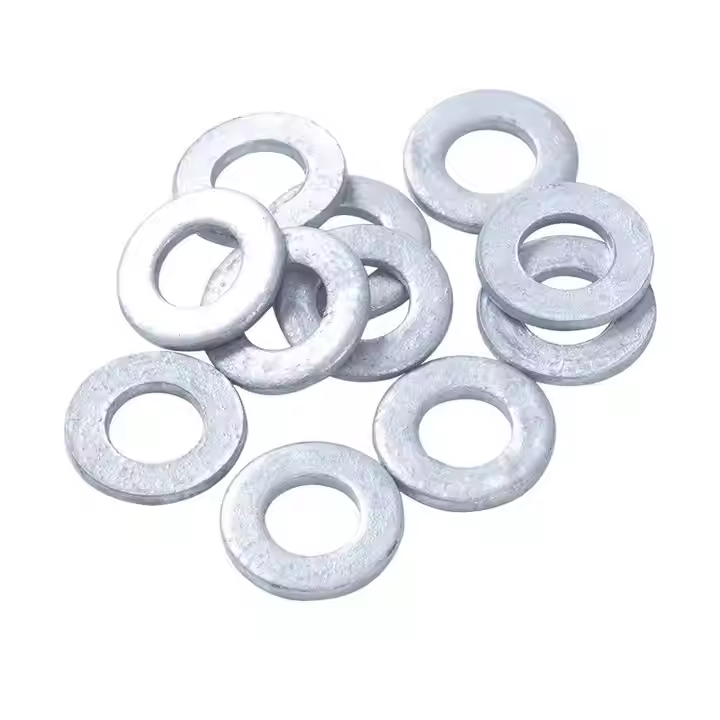

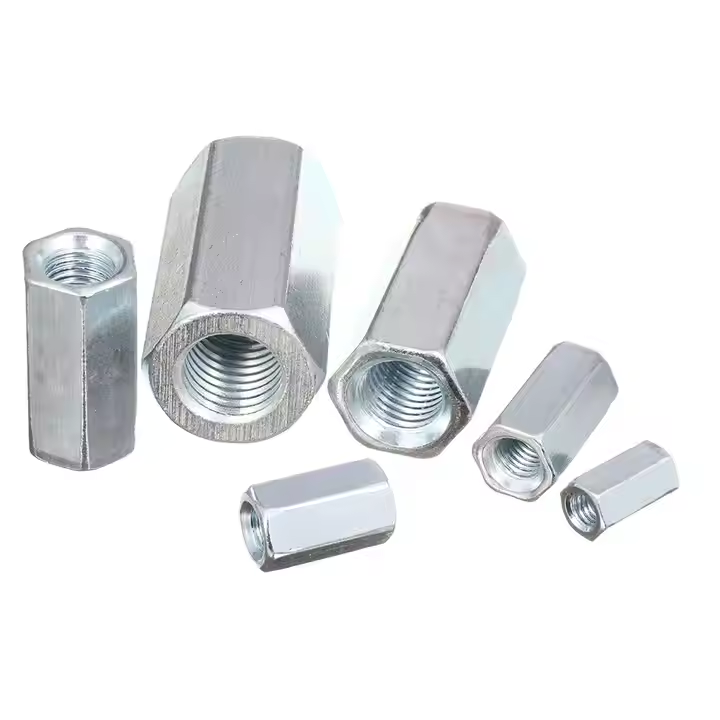
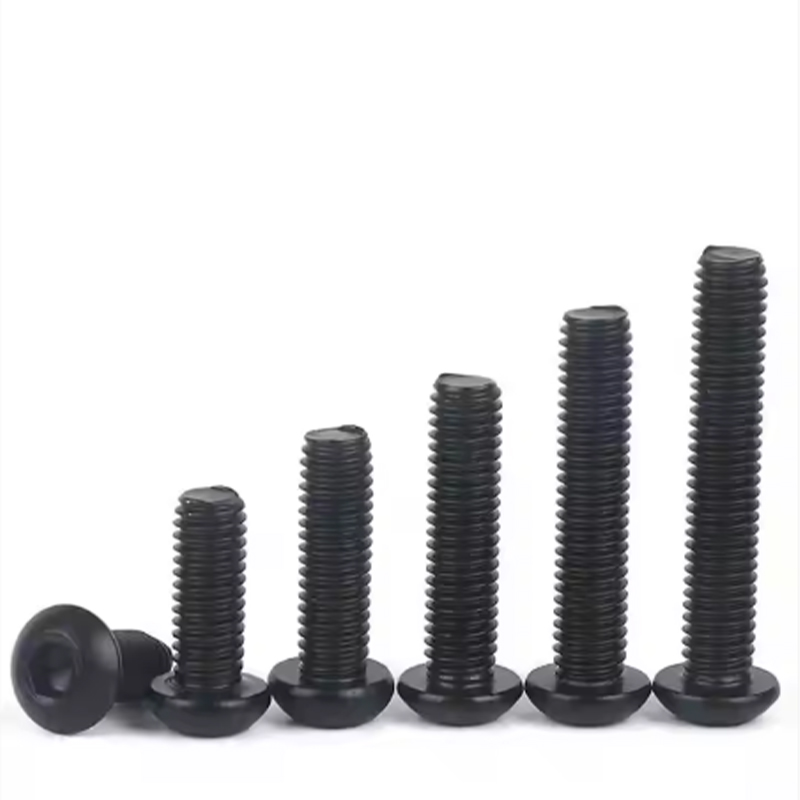
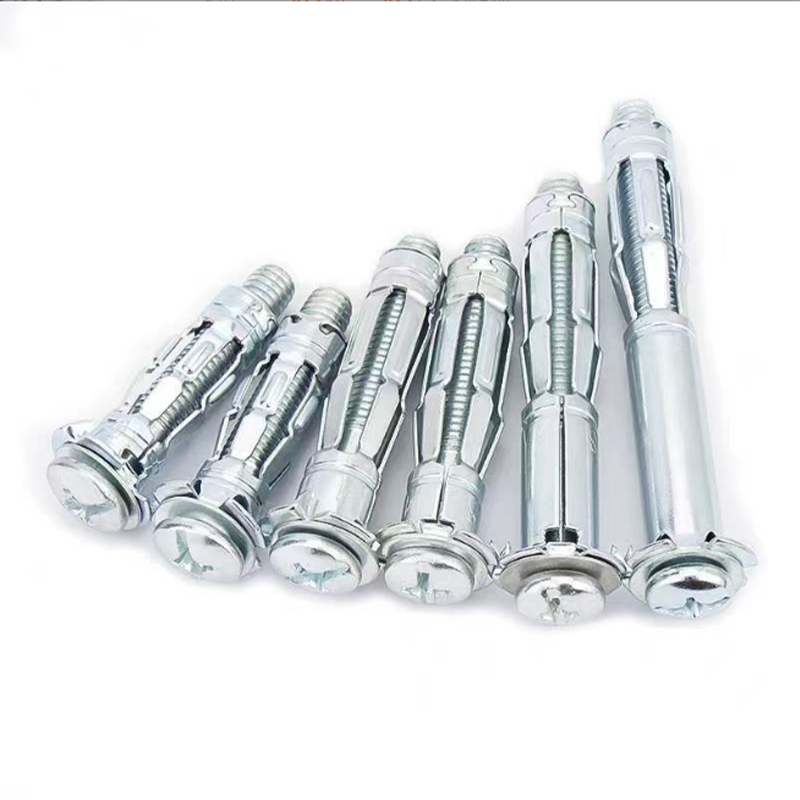
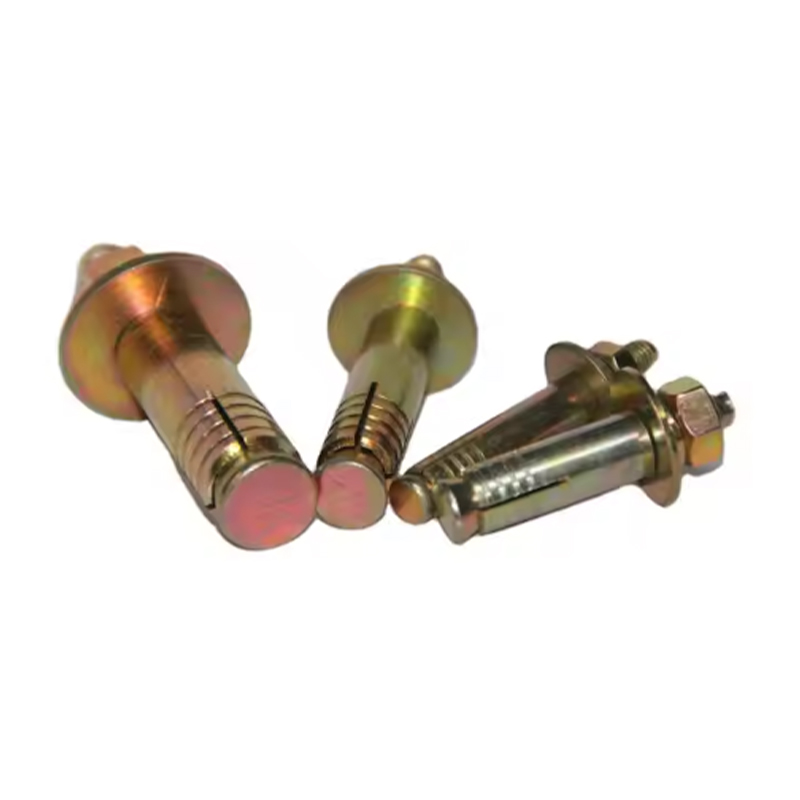
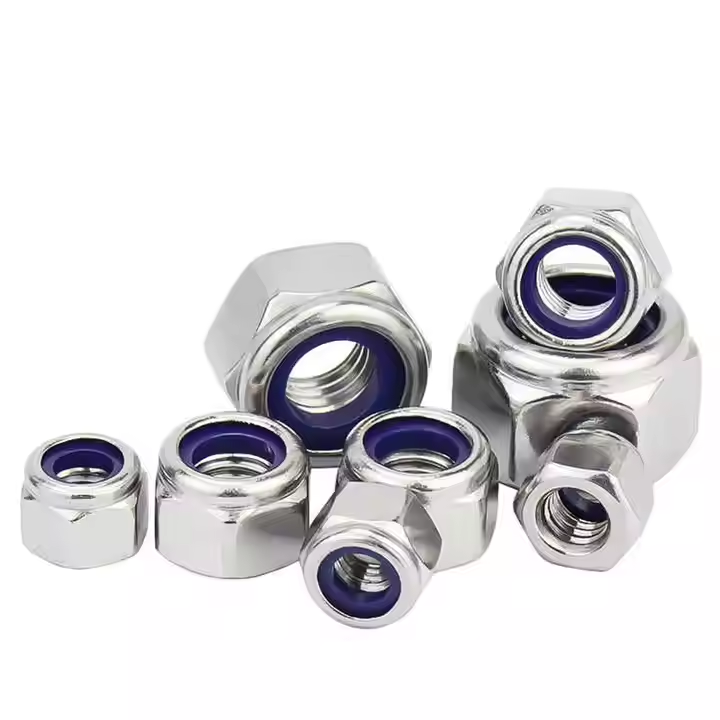
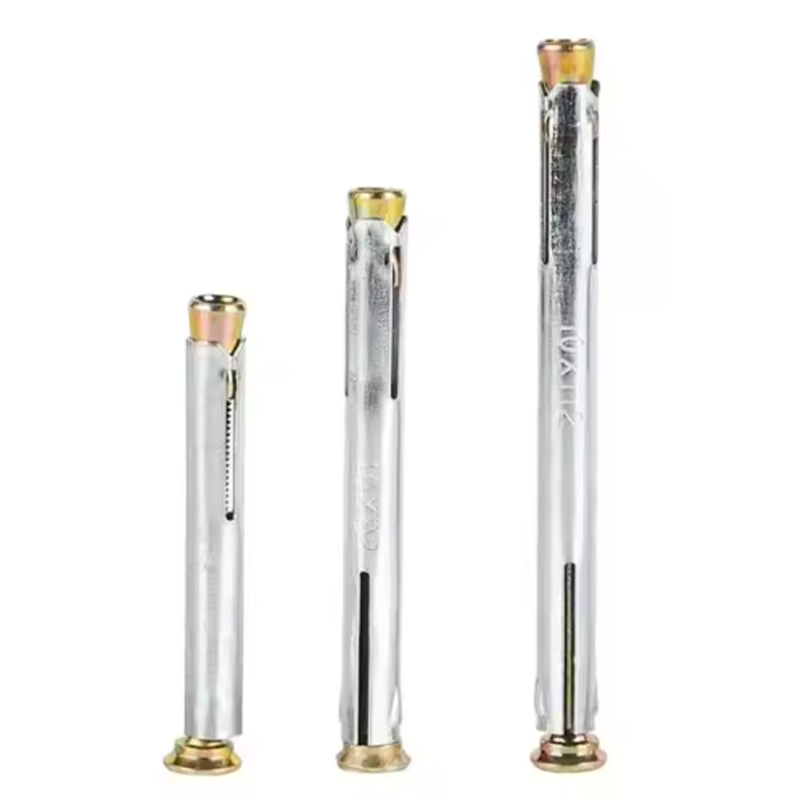
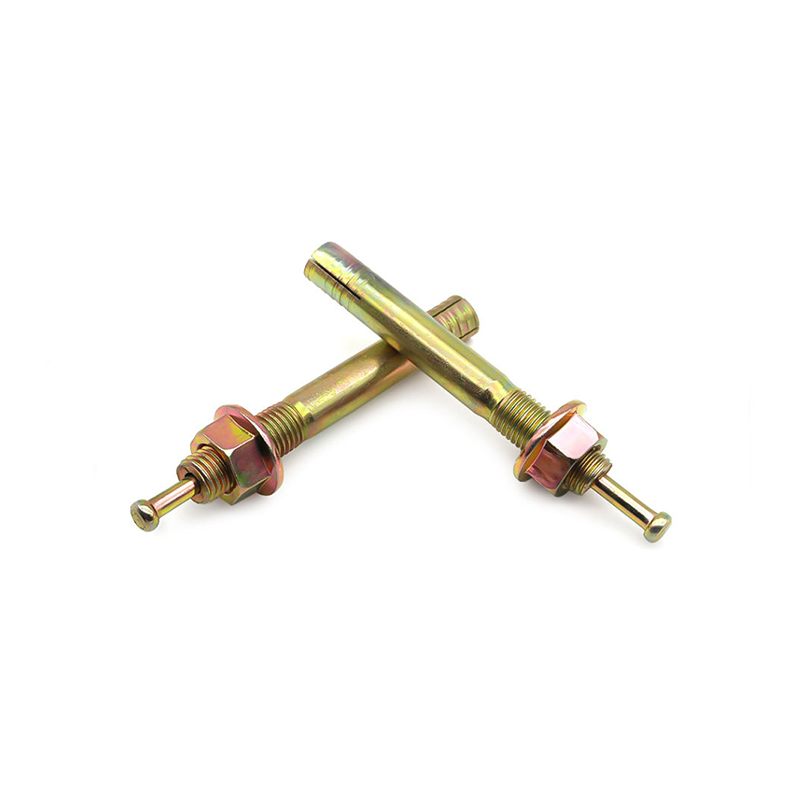
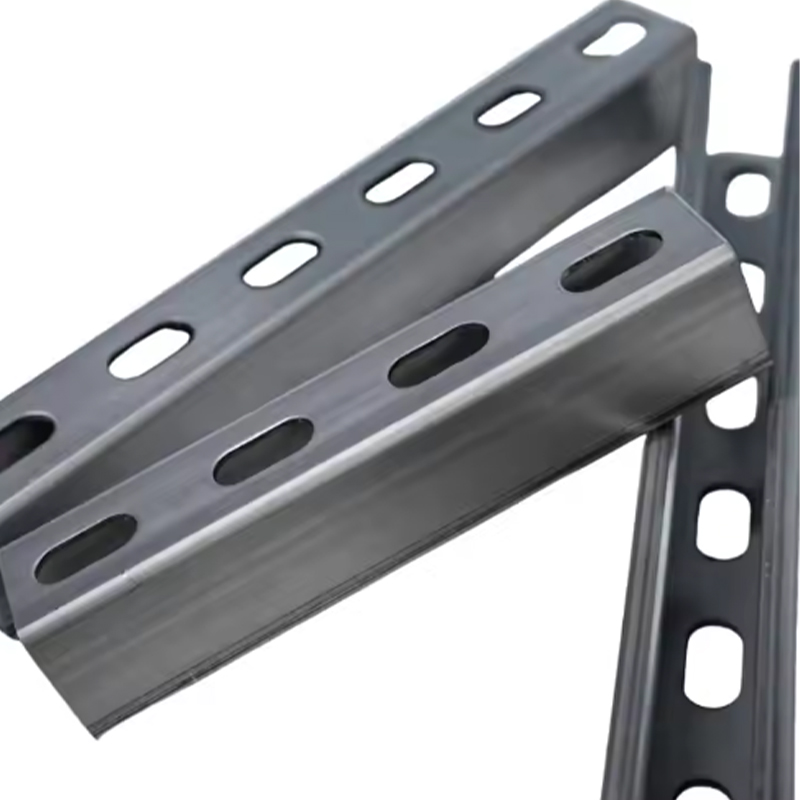
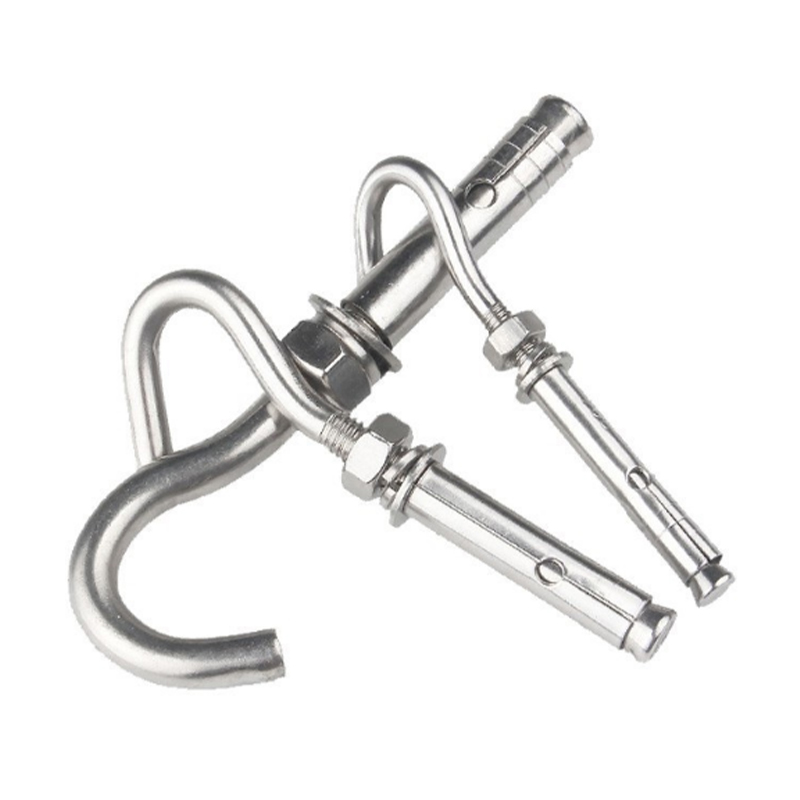
Please enter your email address and we will reply to your email.